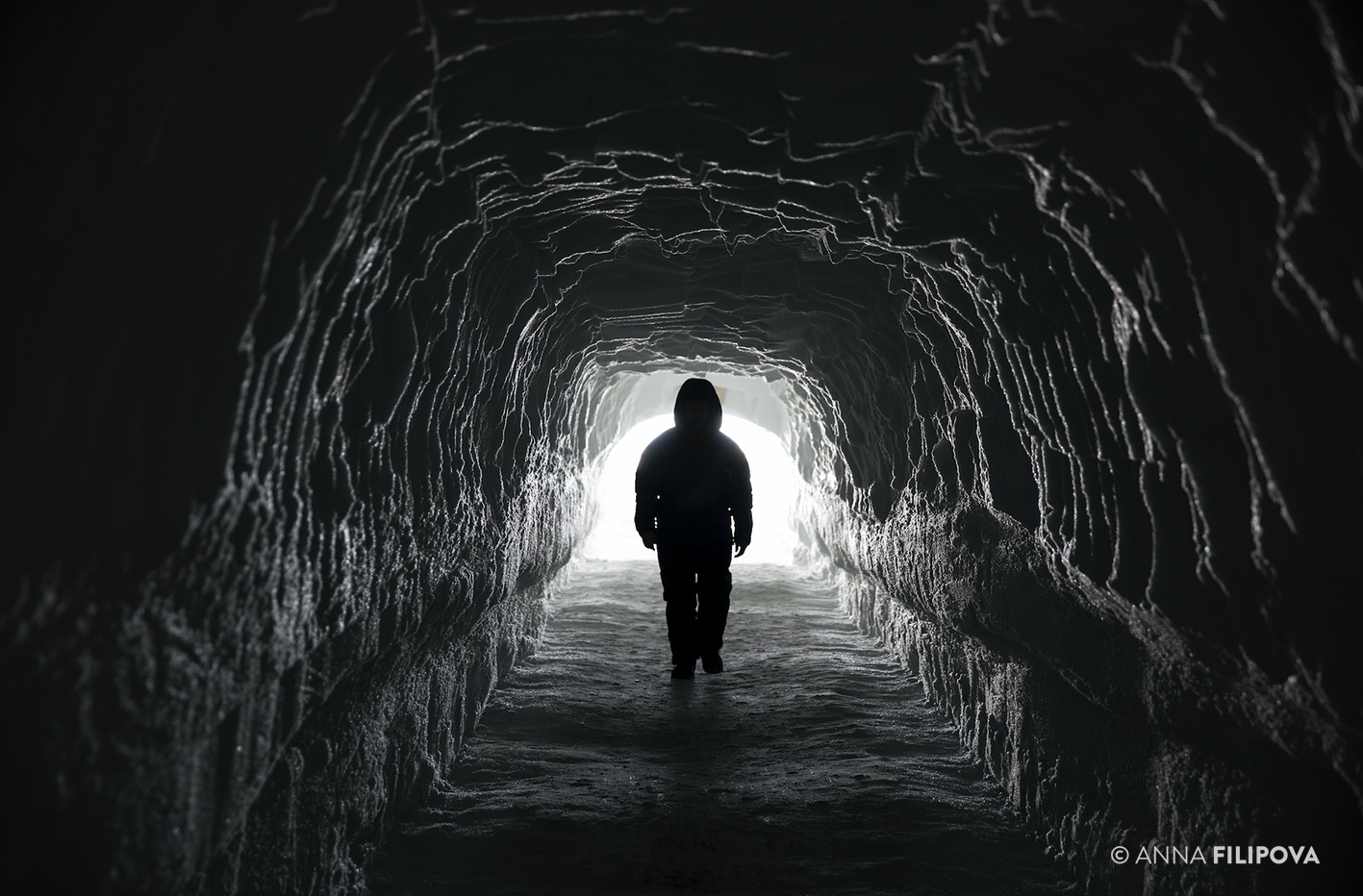Documentary photographer and journalist Anna Filipova takes us to the Greenland ice sheet, where scientists are drilling deep into the ice to unlock the secrets of climate change.
Collaborating with experts from the Danish Centre for Ice and Climate, she gives us a unique insight into the workings of the East Greenland Ice Core Project (EGRIP).
EGRIP is an international science facility situated 2,700 metres above sea level on the Greenland ice sheet. This is where scientists extract and study “deep ice cores”. Its mission is to understand how ice streams – or fast-moving glaciers – will contribute to future sea-level change.
Ice streams are responsible for a significant amount of mass loss from the Greenland ice sheet. Their properties and behaviour are poorly understood. EGRIP is unique in being the first facility to allow scientists to drill through an ice stream to extract a deep ice core from northeast Greenland. As Filipova reports, the COVID-19 pandemic has put that important work at risk.
According to the latest UN World Climate Report, if the Greenland ice sheet were to melt completely, the world’s sea level would increase by 7.4 meters, submerging many of our seacoasts.
More publications to follow.
